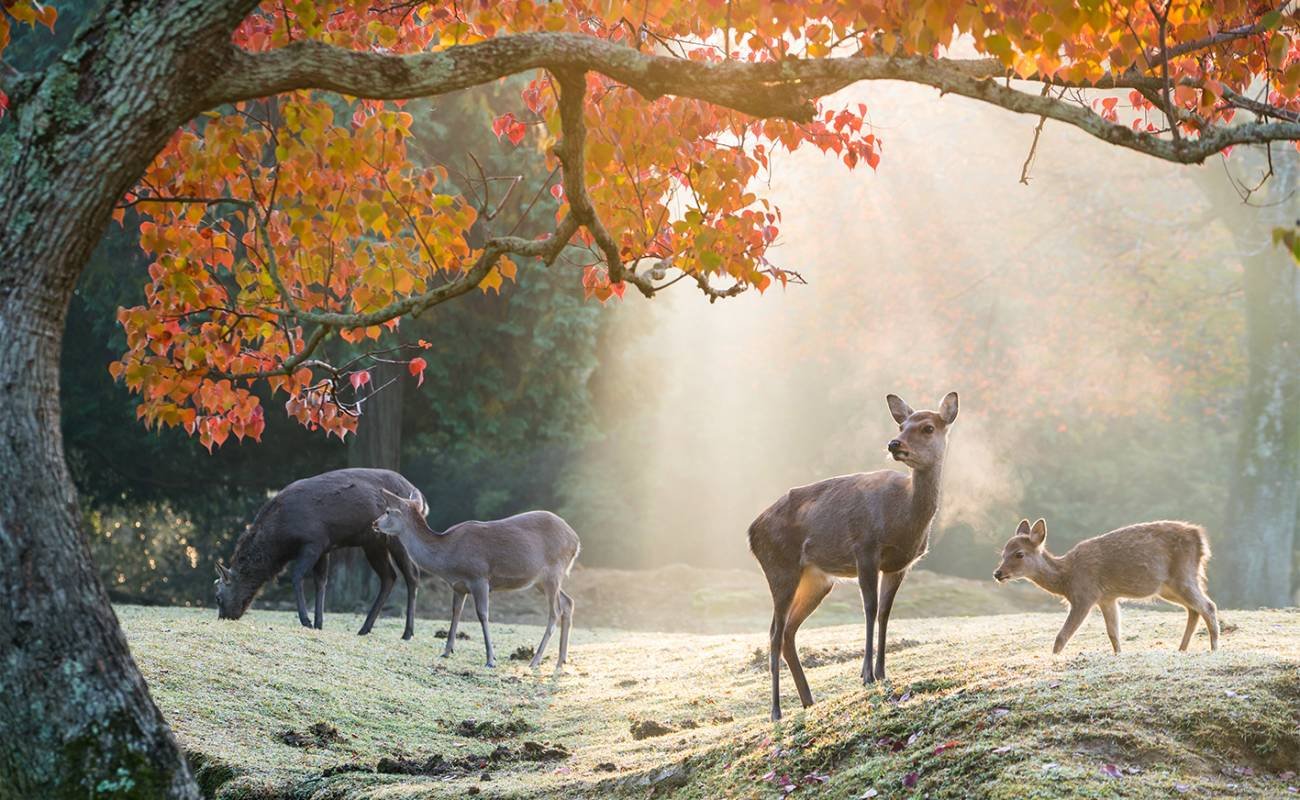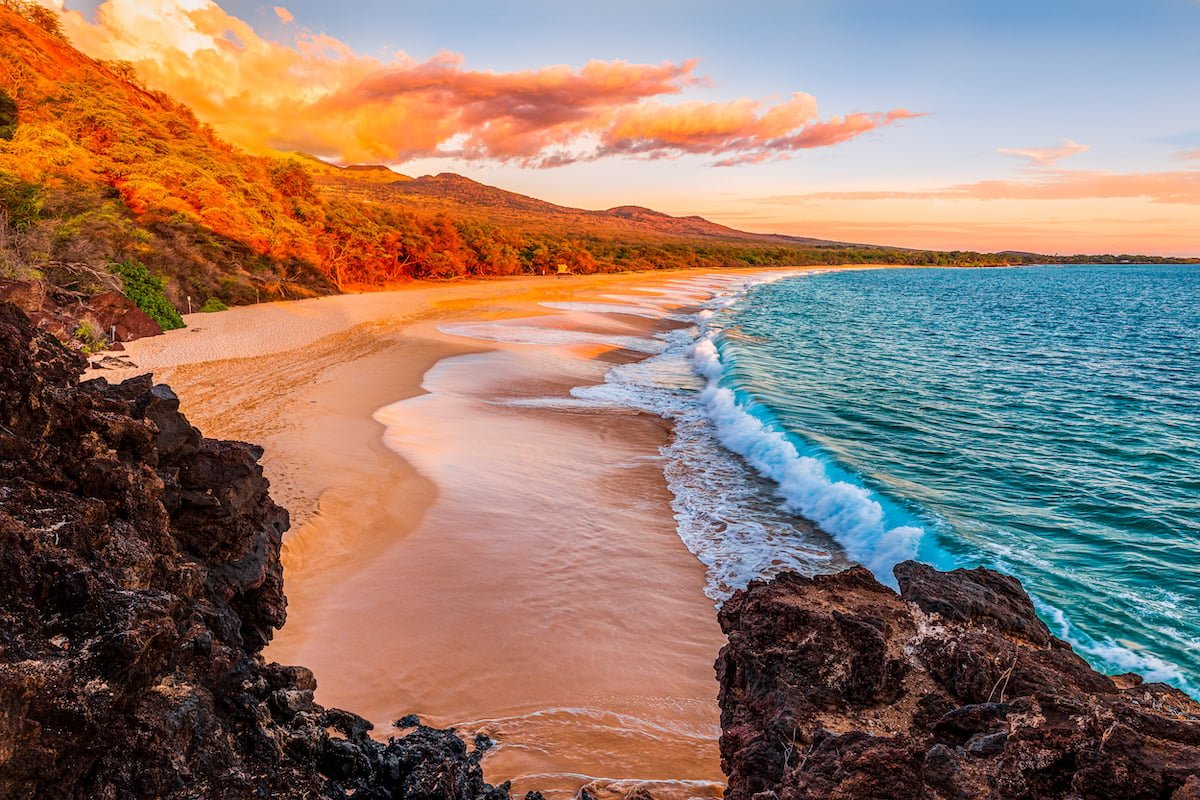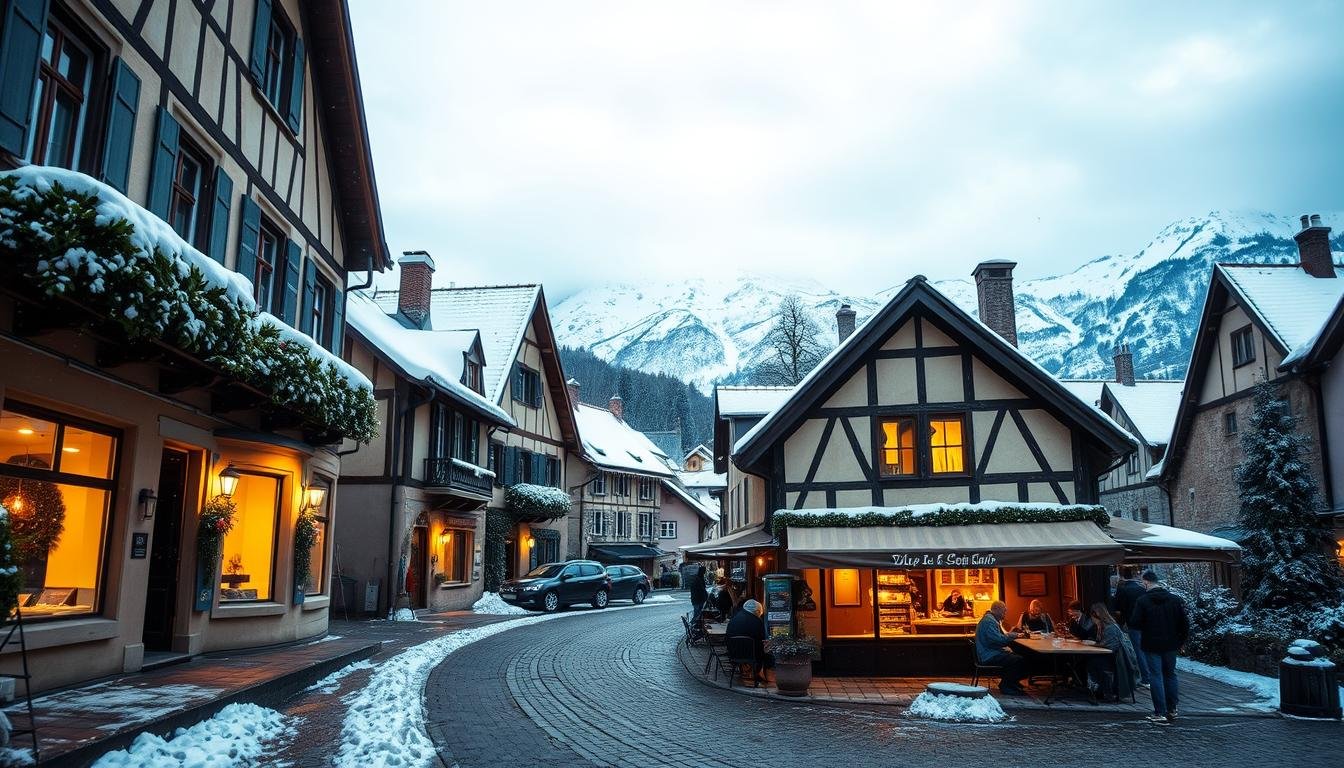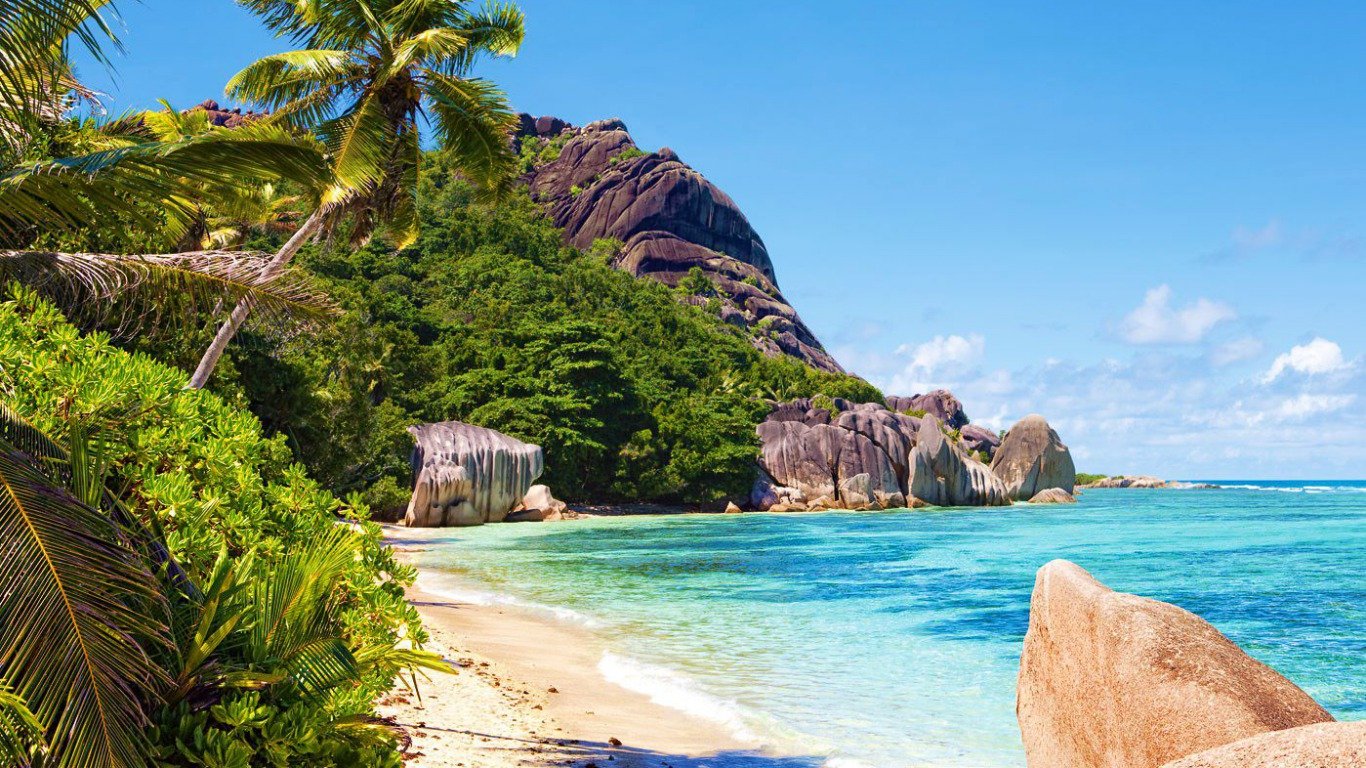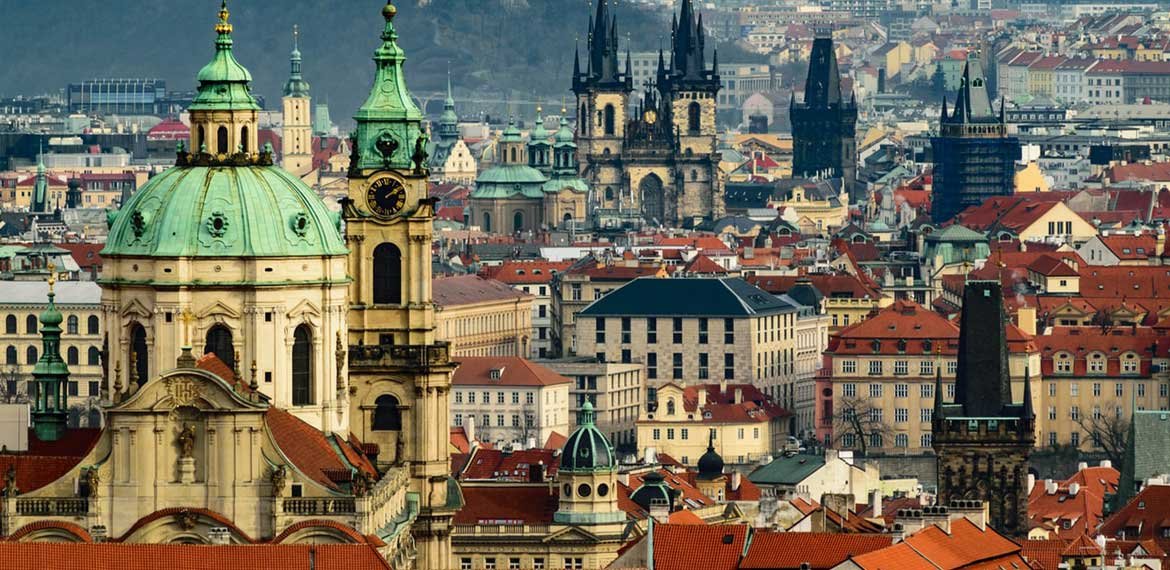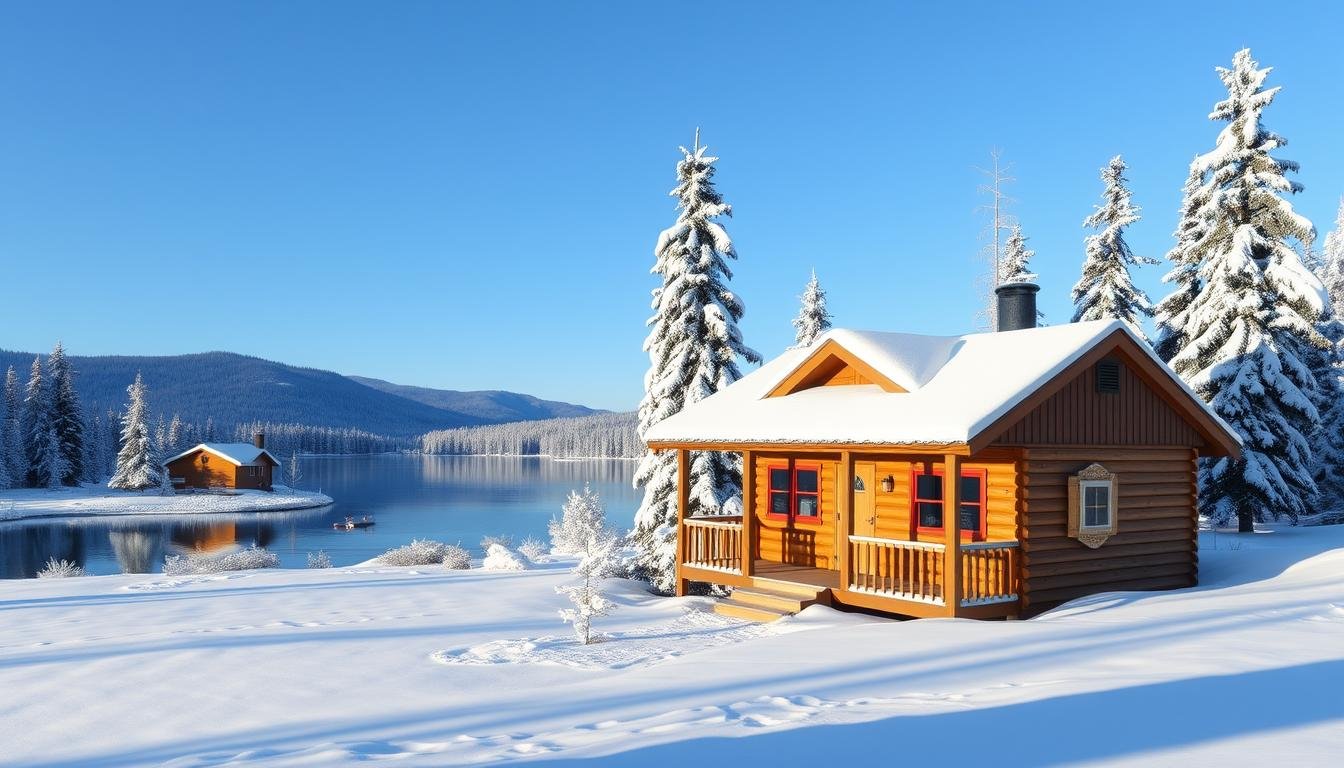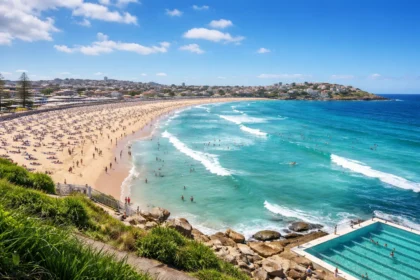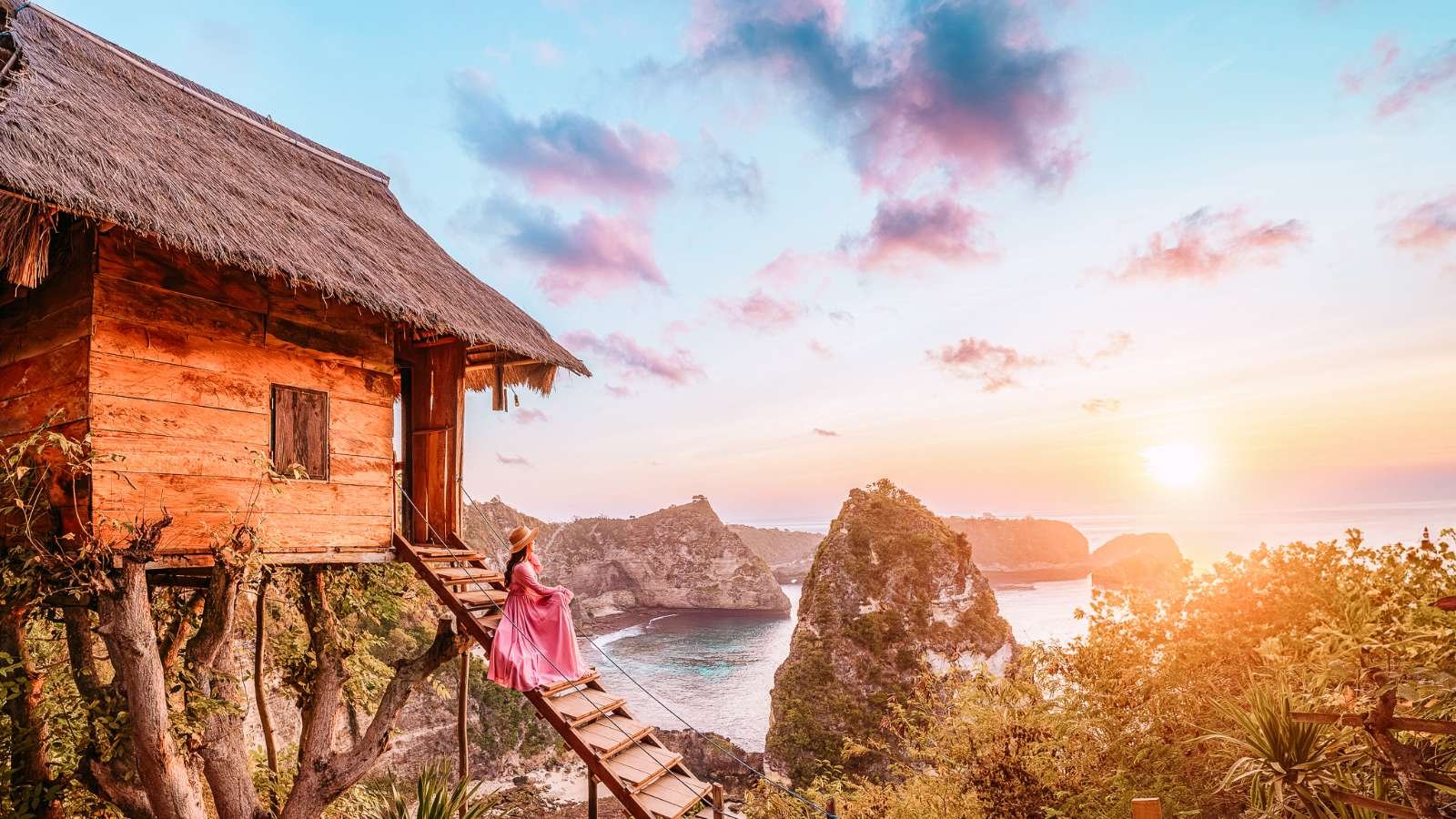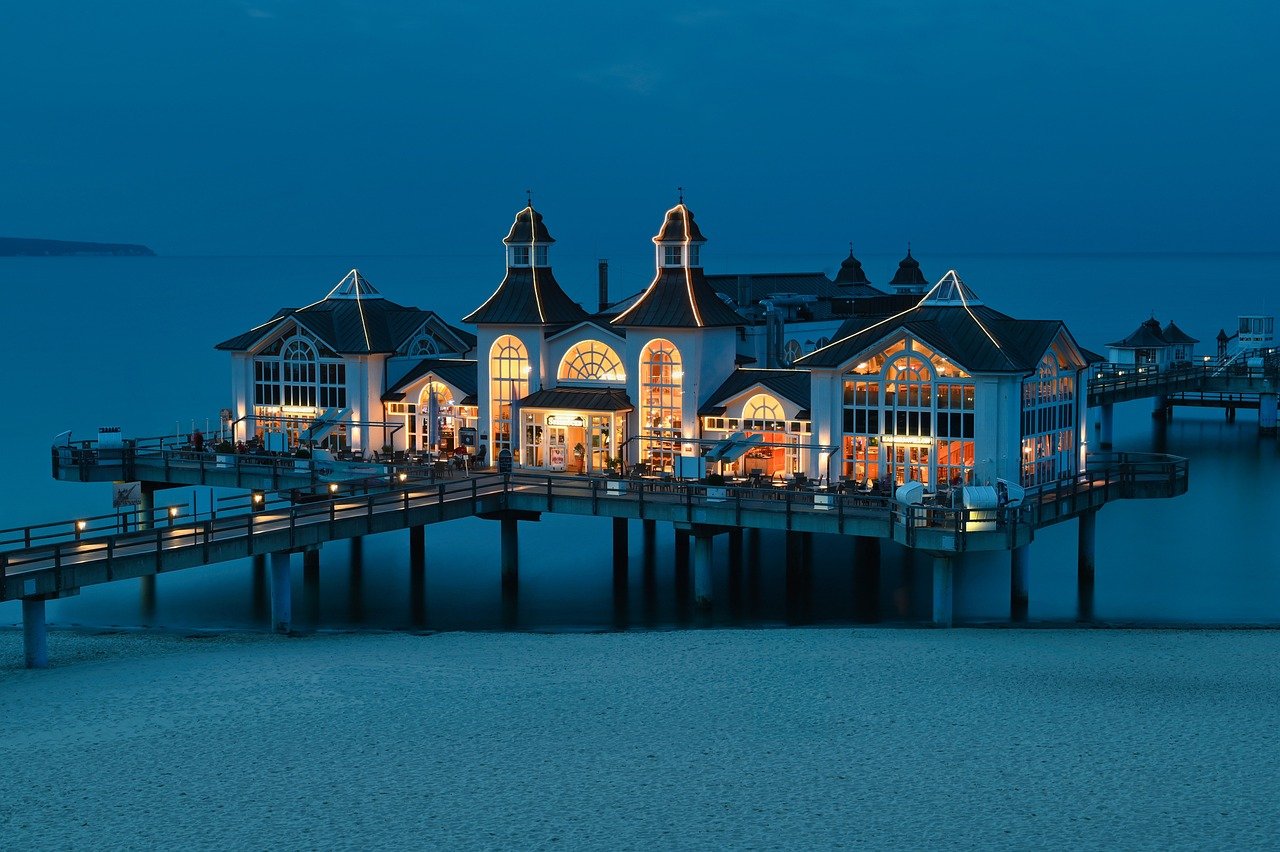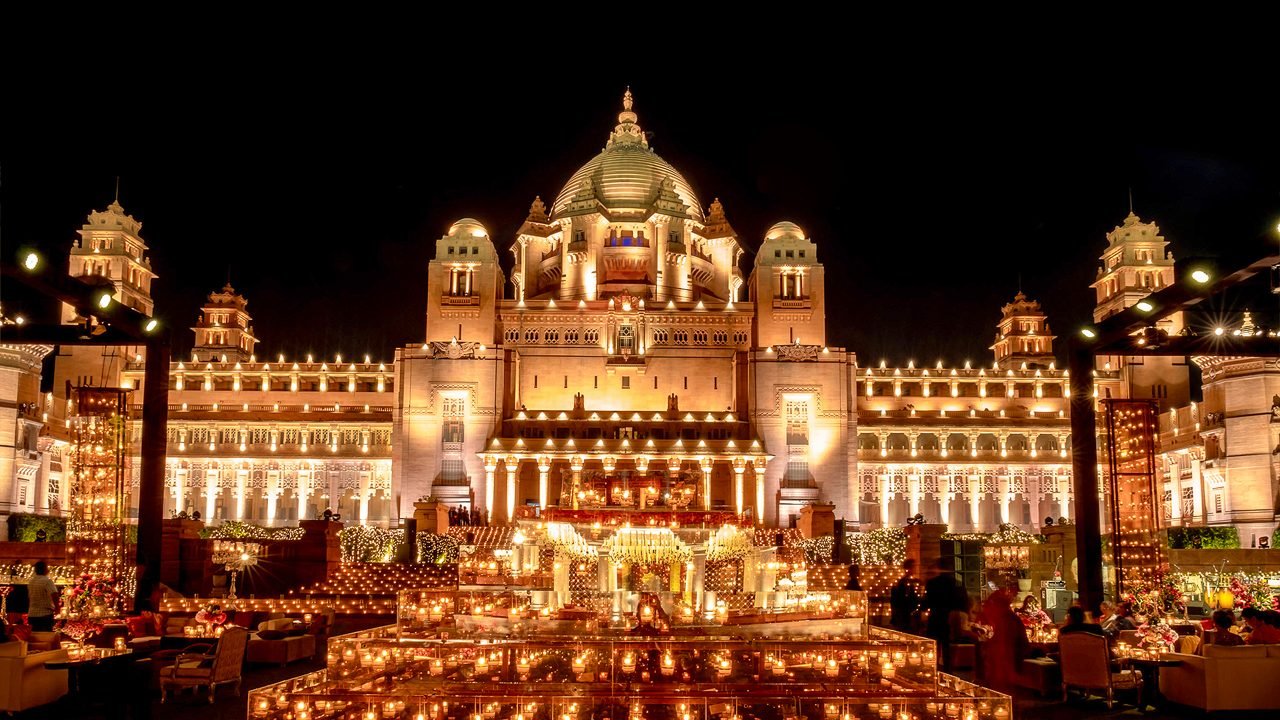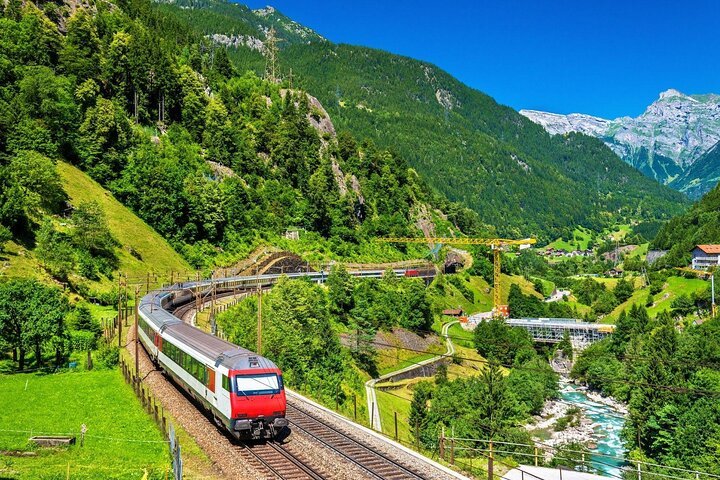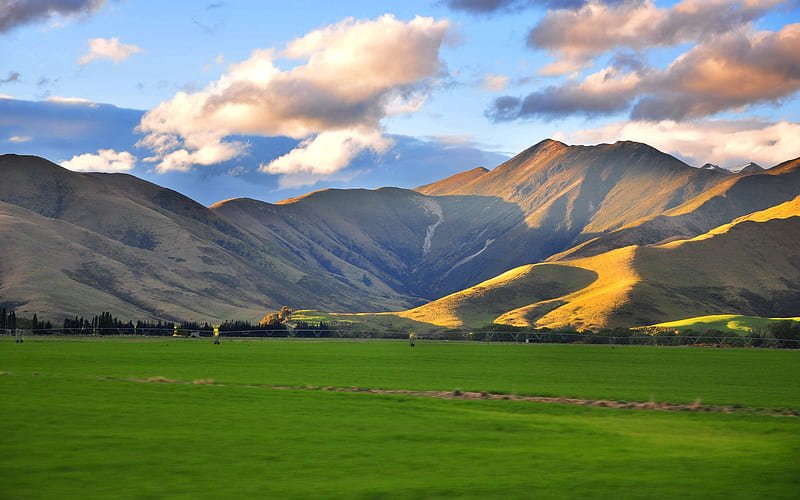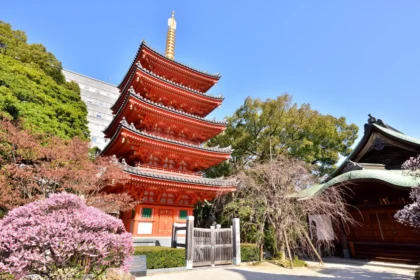Fukuoka is the lively capital of Kyushu Island in southern Japan. It is a city that easily mixes old customs with new energy. Fukuoka is one of Japan’s most livable and underrated places to visit. It has a friendly vibe, delicious food, and beautiful beaches. This Fukuoka travel guide will show you what makes the city unique, from its best sights and local food to its lively nightlife and classic experiences that never go out of style.
Why Should You Go to Fukuoka?
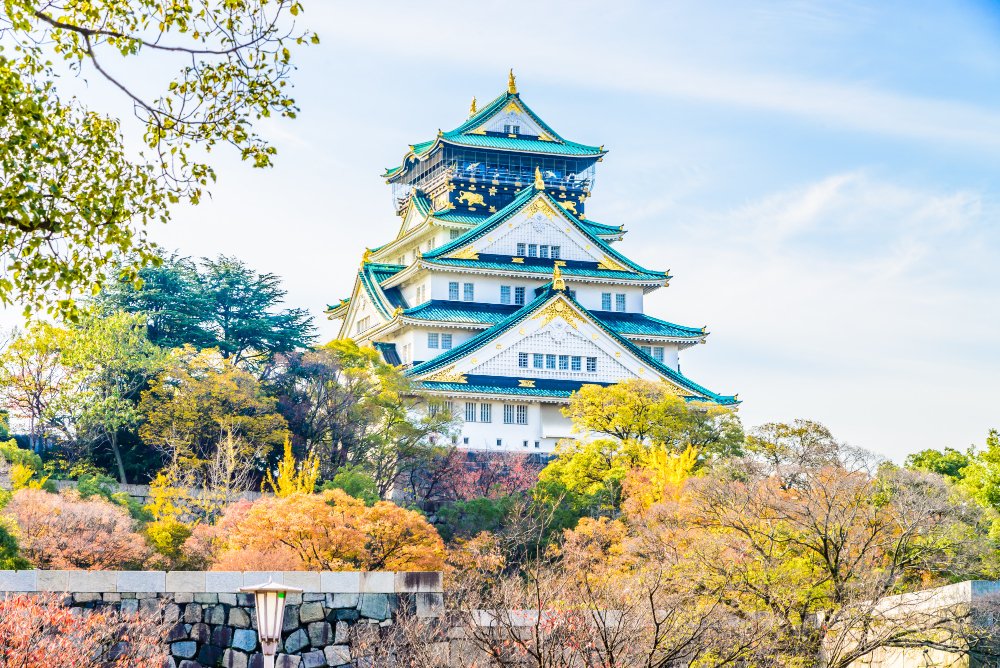
Fukuoka is more than just a way to get to Kyushu; it’s a place that shows off the best of Japanese culture in a calm, coastal setting. Fukuoka is slower than Tokyo or Osaka, but it still has a lot of fun things to do. People come to see its mix of historical sites, busy shopping areas, and a street food scene that is famous all over Japan.
Fukuoka’s past as an old trading port has made it a cosmopolitan city. Centuries of trade with China and Korea brought a wide range of food and architecture styles. Today, it’s a city that looks to the future, where old and new ideas work well together.
How to Get to Fukuoka
One of the best things about Fukuoka is how easy it is to get to. Fukuoka Airport (FUK) is only a few minutes from the city center, which is not common in Japan. The subway can get you to the city in about 10 minutes, making it one of the easiest places for travelers to get around.
- By air: Fukuoka is connected to major Asian cities like Seoul, Taipei, Bangkok, and Singapore by direct international flights. There are a lot of cheap and frequent domestic flights from Tokyo, Osaka, and Sapporo.
- By train: The Shinkansen (bullet train) connects Fukuoka’s Hakata Station to major cities all over Japan. From Tokyo, it takes about 5 hours, and from Osaka, it takes a little over 2 hours.
- By ferry: Fukuoka is also connected to Busan, South Korea, by a high-speed ferry, which is a fun and beautiful way to get there.
How to Get Around Fukuoka
It’s easy to get around Fukuoka on foot, by bike, or by public transportation.
- Subway: The Fukuoka City Subway connects important places like the airport, Hakata, and Tenjin.
- Bus: Nishitetsu Bus covers a lot of ground and is a great way to get to attractions outside of the city center.
- Bicycle: Fukuoka is one of Japan’s best cities for biking. There are a lot of places where you can rent bikes, like the “Charichari” bike-sharing service.
- IC Cards: For easy travel on trains and buses, use a prepaid IC card like Suica or Hayakaken.
Things to Do in Fukuoka
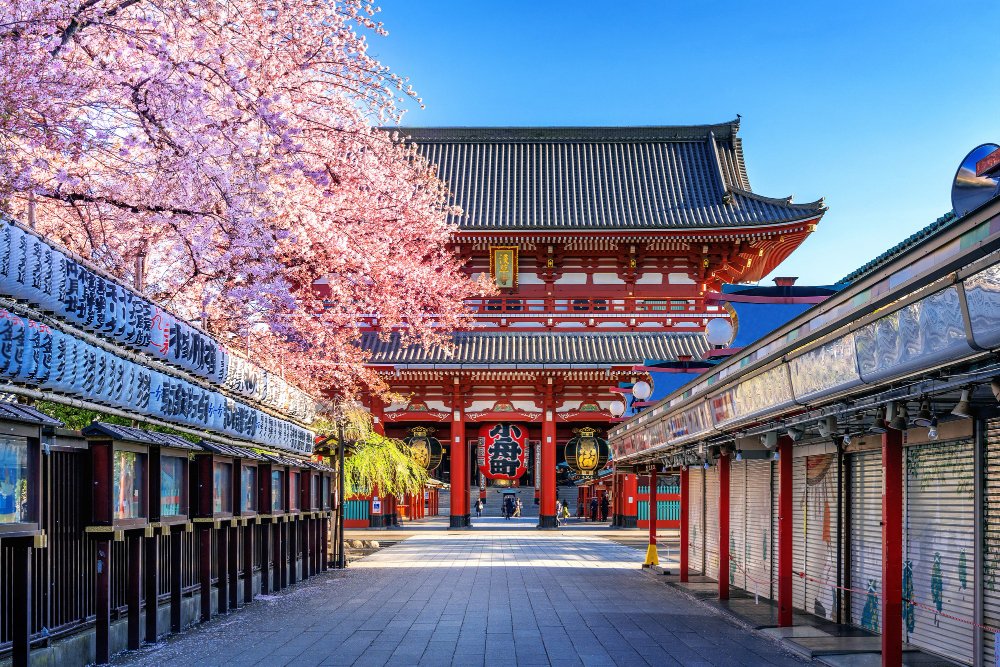
1. Go to the Ruins of Fukuoka Castle and Ohori Park
Fukuoka Castle was once the biggest castle on Kyushu. Now it is a beautiful ruin in a quiet park. You can see the remains of the stone walls, enjoy the cherry blossoms in the spring, and climb to the observation deck for views of the whole city.
Ohori Park, which is next to the castle, is a quiet lake with walking paths, bridges, and gardens around it. People from the area come here to run, have picnics, and relax. The traditional Japanese garden at Ohori Park shows off Japan’s skillful landscaping.
2. Visit Canal City Hakata
Canal City Hakata is a modern architectural landmark that has more than 200 stores, restaurants, a theater, and a canal running through the middle of it. You have to go there to shop and have fun indoors.
The nightly fountain shows and themed events make it a fun place for couples and families to stop.
3. Find Out About Dazaifu Tenmangu Shrine
Dazaifu Tenmangu is one of Japan’s most important Shinto shrines. It’s only a short train ride from the city. It is dedicated to Sugawara no Michizane, the god of learning, and students and scholars come here to pray for success.
Walk down the lovely path lined with plum trees and traditional shops that sell umegae mochi, a grilled rice cake stuffed with sweet red bean paste. The Kyushu National Museum, which is close by, shows how Japan has interacted with Asia over the years. This makes it a great addition to your shrine visit.
4. Take It Easy at Momochi Seaside Park
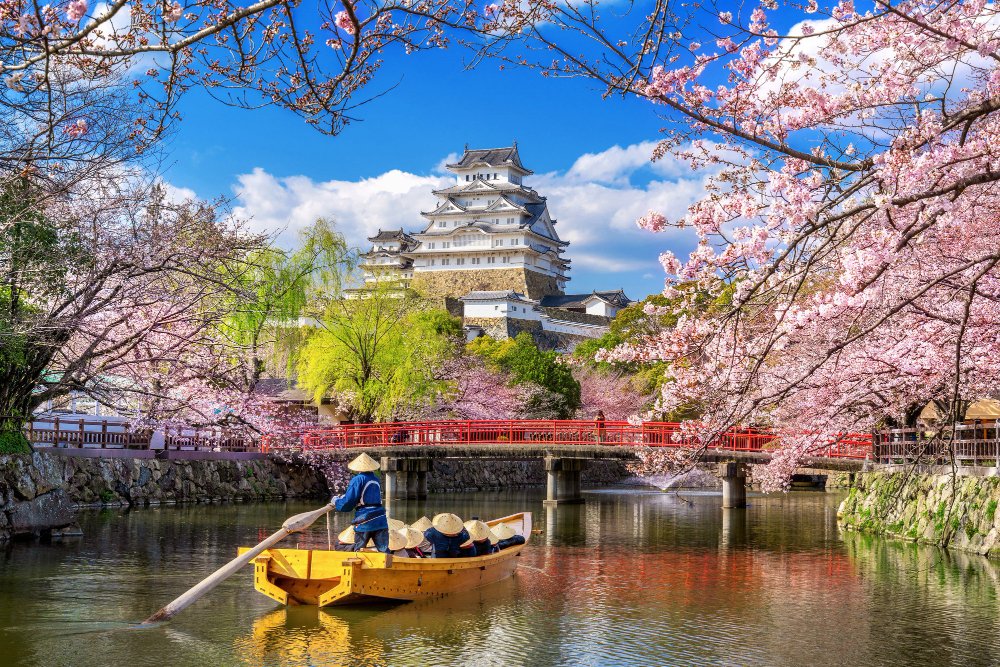
Fukuoka is on the coast, so you can get to sandy beaches right in the city. People like to swim, play volleyball, and watch the sunset at Momochi Seaside Park, which has a modern waterfront and an artificial beach.
The Fukuoka Tower, Japan’s tallest seaside tower, is nearby. It has great views of Hakata Bay and the city skyline, especially at night.
5. Go to the Hakata Gion Yamakasa Festival and Kushida Shrine
Kushida Shrine is one of Fukuoka’s most popular cultural sites. It is in the center of Hakata. The annual Hakata Gion Yamakasa Festival (July) is a UNESCO-recognized event that features elaborate floats being carried through the streets at amazing speeds. This is a big part of the festival.
You can enjoy some of the beautiful floats on display year-round at the Hakata Machiya Folk Museum, which also teaches you about traditional crafts and Hakata culture.
6. Walk Around Tenjin and Nakasu
The heart of Fukuoka is in Tenjin, the city’s downtown area. There are endless shopping malls, fashion boutiques, and cafes, making it a great place to explore the city. Tenjin also has some of Fukuoka’s best rooftop gardens and underground shopping malls, like Tenjin Chikagai.
The entertainment center Nakasu, known for its neon lights, bars, and legendary yatai (street food stalls), is across the river. This is the best place to see Fukuoka’s lively nightlife.
What to Eat in Fukuoka
Food is the most important thing that every Fukuoka travel guide should talk about. People often call the city the “food capital of Kyushu,” and they have a good reason to do so. Fukuoka is home to tonkotsu ramen, Japan’s most popular noodle dish, and has a lot of local specialties that show both tradition and new ideas.
1. Hakata Ramen (Tonkotsu Ramen)
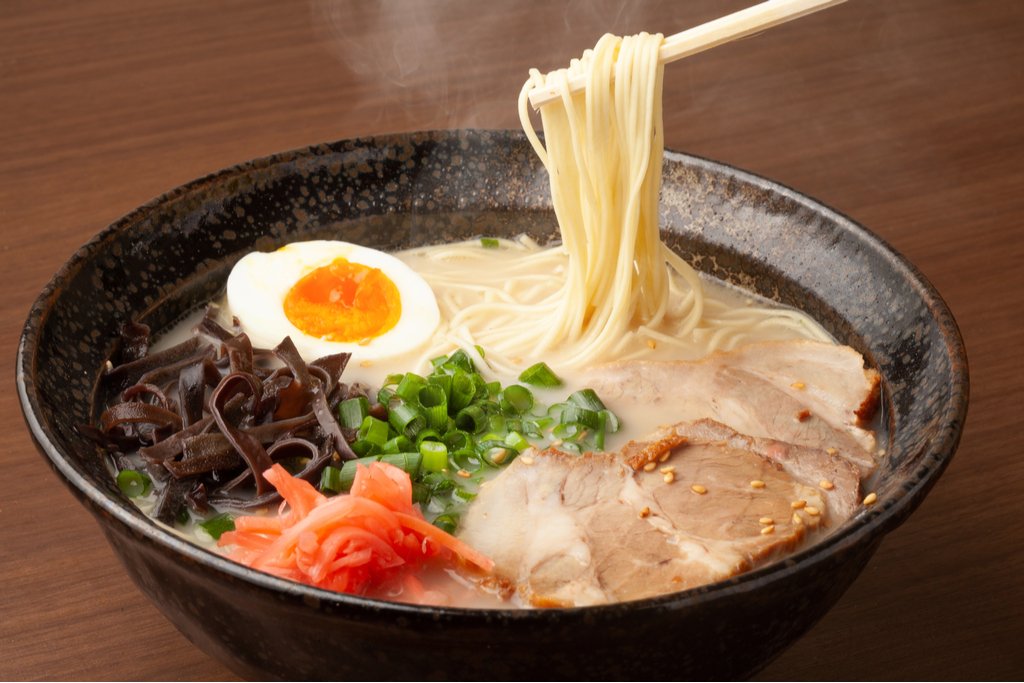
Hakata-style tonkotsu ramen is Fukuoka’s most famous dish. It has a thick, creamy pork bone broth, thin noodles, and toppings like green onions, ginger, and char siu (pork slices).
Ichiran Ramen, which started in Fukuoka and is now a global chain, is the most well-known place. Ippudo, Shin Shin, and Hakata Issou are other ramen shops you have to try.
Tip: A common thing for locals to do is order “kaedama,” which is an extra serving of noodles that goes with the broth. This is a must-do.
2. Motsunabe (Hot Pot with Offal)
Motsunabe is a filling and communal dish made with beef or pork intestines, cabbage, garlic, and chives in a soy or miso broth. It is a winter favorite, but you can find it at restaurants all over the city all year long.
Yamanaka and Hakata Motunabe Oyama are two of the most popular places.
3. Hakata Gyoza
Hakata gyoza are smaller than most Japanese dumplings. They are crispy, juicy, and often served in hot cast-iron pans. For the best late-night snack, drink them with local sake or a cold beer.
4. Chicken Hot Pot, or Mizutaki
Mizutaki is a delicate chicken-based hot pot that comes from Fukuoka. You cook chicken pieces and vegetables in clear broth and then dip them in ponzu sauce. This dish is healthy and comforting, and it shows off Japan’s simple, beautiful food.
5. Street Food and Yatai Life
No Fukuoka travel guide would be complete without mentioning the yatai, which are open-air food stalls that line the streets and riverbanks, especially around Nakasu and Tenjin.
These stalls have a cozy, nostalgic feel to them, and you can talk to locals and try dishes like yakitori (grilled skewers), oden (hot pot), and tempura.
Each yatai has its own style, and going to a few in one night is a classic Fukuoka activity.
Where to Go After Dark in Fukuoka
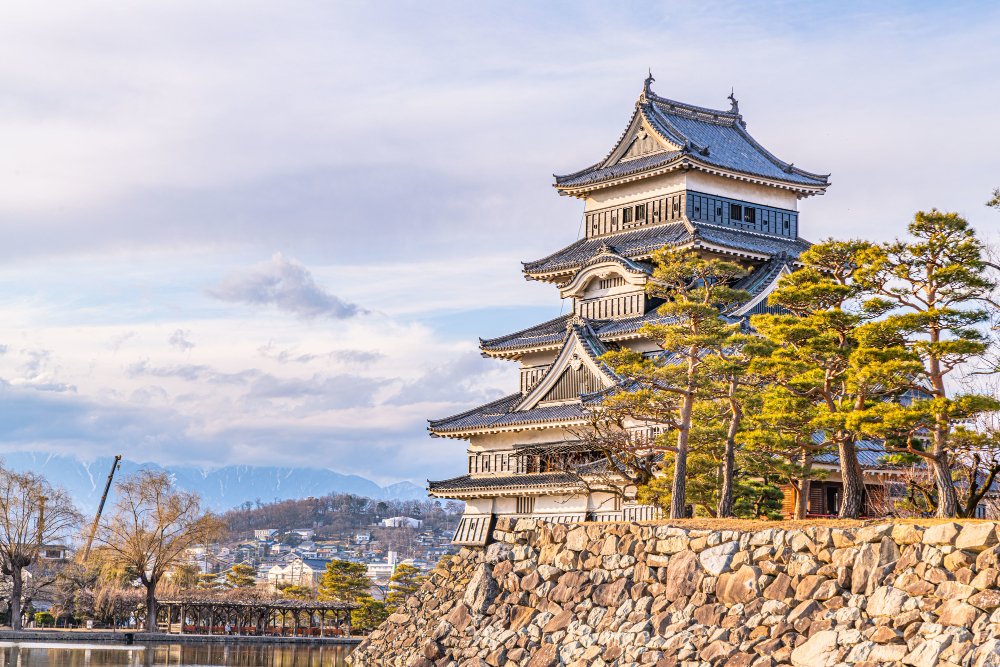
Fukuoka’s nightlife is both lively and relaxed. It has the energy of a big city and the friendliness of a small town.
1. District of Nakasu
Nakasu is the center of Fukuoka’s nightlife, and the Naka River reflects neon lights. Nakasu has something for everyone, from cozy izakayas and karaoke bars to fancy lounges.
One of Fukuoka’s unspoken traditions is to have a bowl of ramen late at night after a few drinks.
2. Tenjin’s Oyafuko-dori
“Delinquent Street” is what Oyafuko-dori means. It has cool bars, nightclubs, and live music venues that draw in students and young travelers. For anyone who wants to dance, hang out with friends, or just soak up the youthful vibe, this is a fun place to be.
3. Yakuin and Daimyo Bars
Yakuin and Daimyo are neighborhoods with artisanal cocktail bars, hidden speakeasies, and trendy cafes that offer a more upscale experience. These places show off Fukuoka’s artistic side and local charm.
4. Local Events and Live Music
There is a lot of great music in Fukuoka. Zepp Fukuoka and Drum Logos are two of the city’s biggest venues, and they host everything from J-pop concerts to indie shows. The local festival calendar, which includes Hakata Dontaku in May, makes the nights even more exciting.
Fukuoka Shopping
Fukuoka is a great place to shop because it has everything from international brands to traditional crafts.
- Tenjin Chikagai: An underground shopping mall with more than 150 stores.
- Canal City Hakata: A place where you can shop and have fun at the same time.
- Hakata Hankyu: A high-end department store linked to Hakata Station.
- Marinoa City: An outlet mall by the sea with great deals.
- Kawabata Shopping Arcade: Fukuoka’s oldest shopping street with local foods and souvenirs.
If you’re interested in culture, look for Hakata-ori textiles and Hakata dolls — both traditional crafts that make great gifts.
Experiencing Fukuoka’s Culture
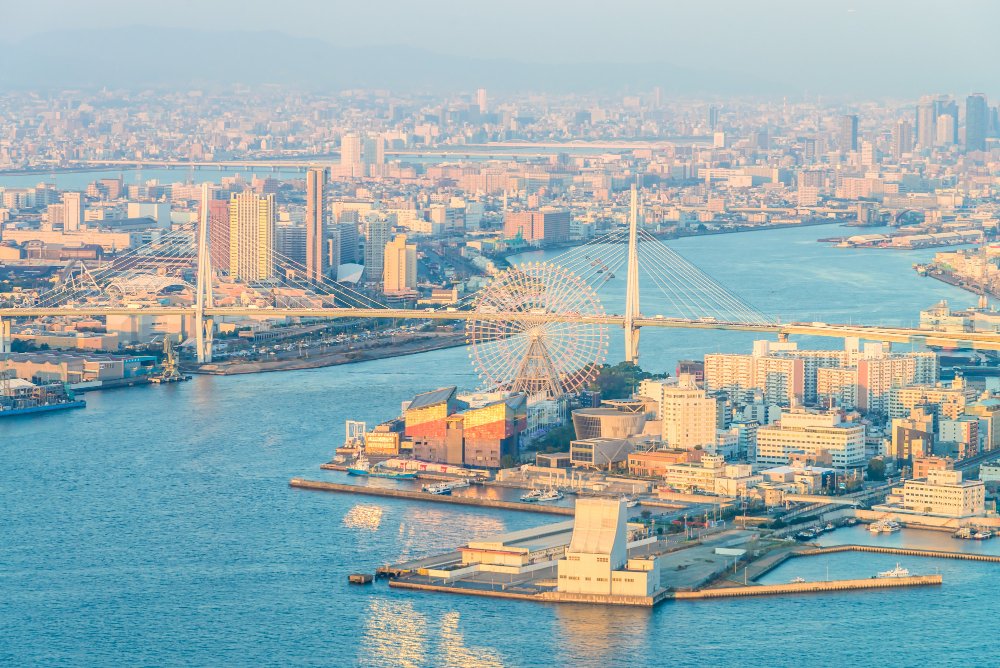
1. Take Part in a Tea Ceremony
You can experience Japanese hospitality and mindfulness at real tea ceremonies in Fukuoka’s tea houses, like the ones in Ohori Park.
2. Go to Temples in Your Area
Tochoji Temple, which was built in 806 AD, is home to one of Japan’s biggest wooden Buddhas and five-story pagodas with lots of details. Going to places like these gives you a better understanding of Fukuoka’s spiritual and artistic history.
3. Check Out a Sumo Tournament
Every November, Fukuoka hosts one of Japan’s six Grand Sumo Tournaments. The Fukuoka Kokusai Center is where it takes place. It’s a great event that shows off Japan’s oldest sport and traditions.
4. Look Into Museums and Art
People who love art can go to the Fukuoka Asian Art Museum, which is known for focusing on modern Asian artists, or the Fukuoka Art Museum, which has a wider range of works, from ancient to modern.
Fukuoka Day Trips
Fukuoka is a great place to start exploring Kyushu’s many beautiful landscapes and cultural treasures.
- Yanagawa: Take a beautiful boat ride through Kyushu’s “Venice.”
- Itoshima: A beautiful coastal town with great surfing, hiking, and beach cafes.
- Dazaifu: Go to museums, temples, and old shrines.
- Beppu: Japan’s hot spring capital, only a few hours away by train.
- Nagasaki: A city with a lot of history and beautiful views of the harbor.
Every trip you take adds something new to your Fukuoka experience and shows how diverse Kyushu is.
The Best Time to Go to Fukuoka
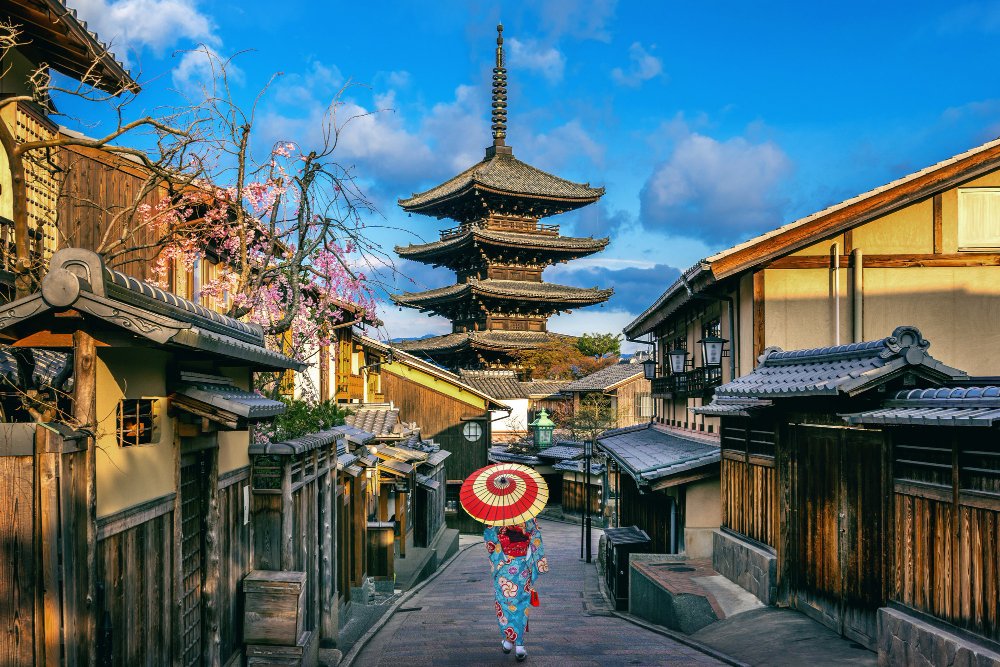
The weather in Fukuoka is mild all year, so it’s a great place to visit at any time of year.
- Spring (March–May): Cherry blossoms bloom in Ohori Park and Nishi Park.
- Summer (June–August): Best for festivals and beach activities.
- Fall (September–November): The weather is nice and the leaves are colorful.
- Winter (December–February): Best for hot pot dishes like motsunabe and fewer people.
If you like dry days, stay away from the rainy season, which lasts from mid-June to mid-July. The city is still busy even when it rains.
Where to Stay in Fukuoka
- Luxury: Hotel Okura Fukuoka or Grand Hyatt Fukuoka — both have beautiful rooms and are in the middle of town.
- Mid-Range: The Mitsui Garden Hotel or the Canal City Washington Hotel — great comfort and value.
- Budget: Hakata Green Hotel or WeBase Hakata — affordable and close to public transport.
Fukuoka has modern, efficient places to stay that fit any budget.
Useful Advice for Travelers
- Language: In tourist areas, people speak basic English, but knowing a few Japanese words will make your trip even better.
- Cash vs. Card: Credit cards are accepted almost everywhere, but cash is useful for yatai and small shops.
- Wi-Fi: Free Wi-Fi is available at stations, malls, and many cafes.
- Etiquette: Respectful behavior in shrines, not talking loudly on public transportation, and throwing away trash properly are all good manners.
Why Fukuoka Should Be on Your List of Places to Visit in Japan
Fukuoka has everything that travelers love about Japan, but without the huge crowds of bigger cities. It’s a place where old shrines and new towers meet, and every meal feels like a new discovery. The city’s warmth, ease of access, and authenticity make it a great place to start your trip to Kyushu and a highlight of any trip to Japan.
Fukuoka promises memories that will last long after your trip ends, whether you’re enjoying ramen at a yatai, watching the sunset from Momochi Beach, or exploring temples that are hundreds of years old.
In Conclusion
This Fukuoka travel guide will help you find out what makes this lively city so appealing. Fukuoka is one of Japan’s best places to visit because it has a great mix of culture, food, and nightlife. It’s friendly, tasty, and full of life.
Fukuoka is the city you should visit again and again if you want to have an authentic Japanese experience that mixes modern comfort with local charm.
Don’t Miss:
- 7, 10, or 14 Days in Kyushu (With or Without a JR Pass)
- The Best Cities and Neighborhoods to Stay in Kyushu
- Hakata Ramen, Yatai Stalls, and Local Specialties in Kyushu

